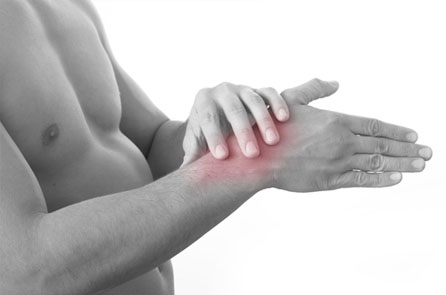
How to Beat Wrist Pain – A Must-Know for Piano Players
Musical instruments are not made for ergonomic purposes and several of them can destroy the bodies, most of all the bodies of string and keyboard players. Wrist pain, like carpal tunnel syndrome, would be a highly common condition within these players since they require rapid hand and finger movements.
Nearly eighty percent of professional musicians go through wrist pain during their career, mainly through repetitive strain injury, occupational overuse, and carpal tunnel syndrome.
The primary location for piano players would be the wrist, so they should focus on trying to get stress-free and efficient movements to reduce the wrist pain, as well as use exercises to help build up the strength of the body.
Starting from a young age, hand stretching could usually cause issues, if not serious problems, later on in life. It would be advisable not to overstretch a child's hands while practicing the piano, though several light wrist stretches should be performed prior to playing to warm up the muscles.
The proper technique would be to keep the hands back horizontal with fingers gently falling onto the piano keys. To succeed with this, you would need the proper stool height. This will also throw up the leverage problems for the shoulders since they can work in lifting your hands for long time periods while staying in the exact same position. This would be known as static muscular activity, which inhibits the flow of blood. In order to avoid this, movements need to be over-exaggerated by lifting the hands up high or dropping them when unused. This might look a bit flamboyant, but it does work.
Awkward positions tend to weaken piano playing, so it would be essential to make sure that the wrists are not held unduly at extreme playing positions and angles. The goal would be for the wrists to remain perpendicular to any keys played. Making use of too much force on these keys could also lead to carpal tunnel syndrome.
Repetitive and quick piano playing could lead to carpal tunnel syndrome since the wrist could get inflamed and cause tendon and median nerve irritation that go through the wrist’s carpal tunnel. The tendons happen to be a pianist wrist’s weak link since they are highly likely to become inflamed by rubbing onto ligaments and tendons.
Getting rid of any causes of wrist pain would be of the utmost essence in these cases and fortunately, the body has a great capacity for healing on its own. Periods of total rest might be needed in the majority of severe cases. However, body conditioning still has to be the primary goal.
Mainly, piano players should be viewed as athletes since they repetitively perform physical movements in highly efficient ways. Their bodies also need to be strong enough to survive what is required of them. With correct mental, physical and postural training, it would be possible to reach the greatest results as a pianist.
